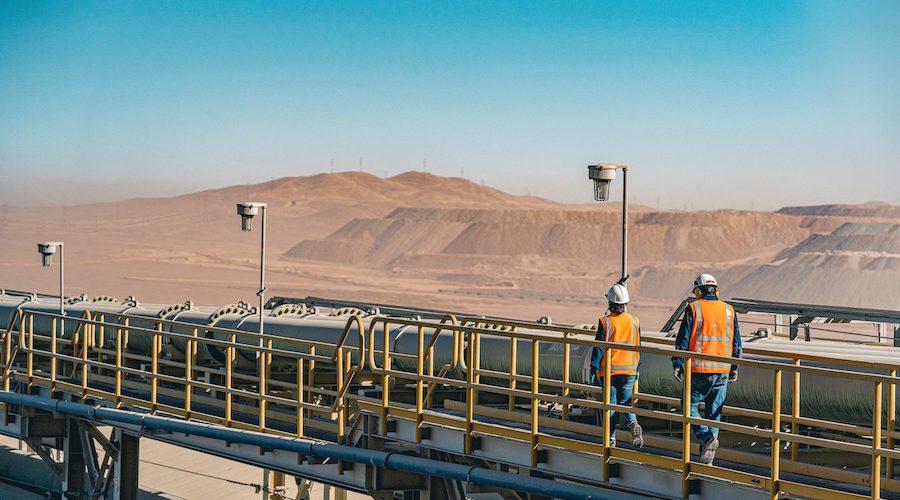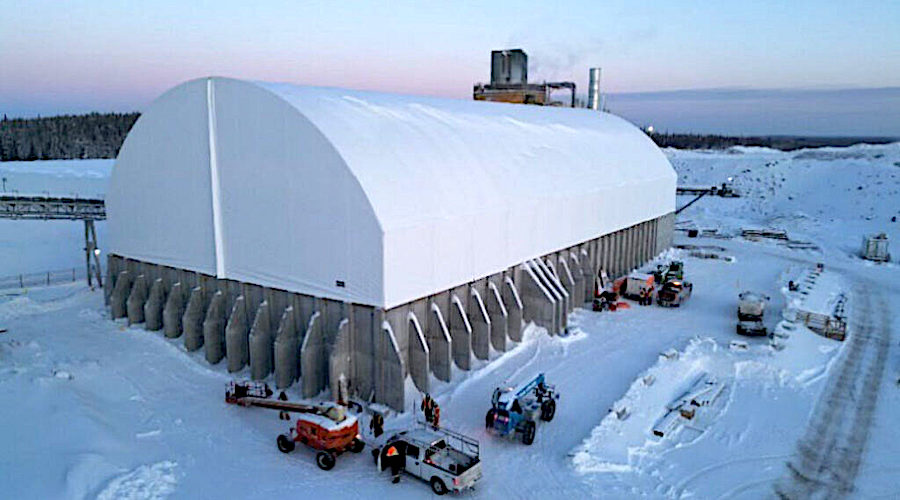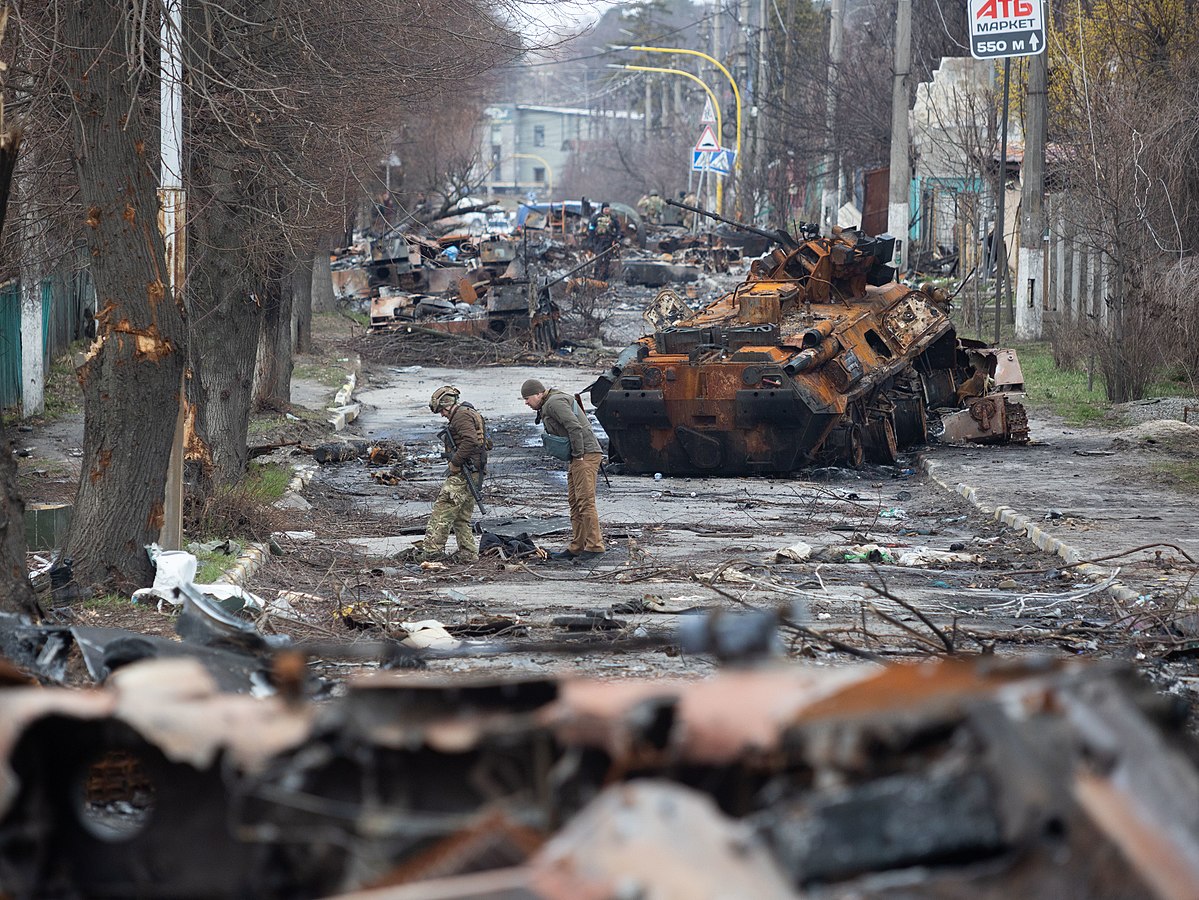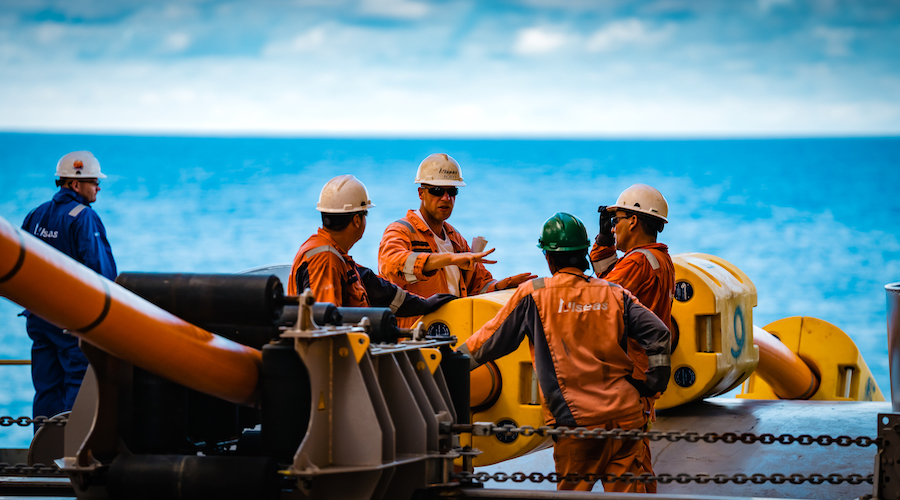Cowal opens up New South Wales for Barrick
Although it is one of Barrick Gold Corp.’s smaller development projects, the Cowal gold mine is important to the company’s production base in Australia. The project is located in central New South Wales, 36 km northeast of West Wyalong, and 350 km west of Sydney. It lies adjacent to the western margin of a large ephemeral lake (Lake Cowal) that has been dry since 2001.
Cowal received its permits from the New South Wales state government in February 1999, based on its feasibility study and 1998 environmental impact statement. The project was acquired by Barrick as a result of its merger with Homestake Mining Co. in late 2001, soon after Homestake had purchased the project from North Ltd. (owned by Rio Tinto plc).
Construction of the open pit mine and processing plant began in early 2004. The construction is expected to take 21 months, with the first gold bars to be poured in the first quarter of 2006.
The capital cost estimate for Cowal is US$305 million. Over the first three years, the mine is expected to produce an average of 230,000 oz of gold per year at an average total cash cost of US$240/oz.
Geology and exploration
The Cowal pit will exploit the E42 deposit, which is the largest of several porphyry, epithermal and mesothermal gold deposits lying in an Ordovician volcanic belt. The mineralization occurs mainly in shallow, dilational tensional auriferous quartz-carbonate-sulphide vein sets.
The deposit surface has been weathered to oxide to about 40-m depth, with the upper part including ferruginous clays.
The E-42 deposit contains approximately 2.5 million oz of gold in proven and probable reserves of 57.7 million tonnes grading 1.3 g/tonne Au. This is sufficient for a mine life of at least 10 years. As well, there are measured and indicated resources of 1.6 million oz Au and inferred resources of 1.01 million oz Au.
Mining plans and processing
The conventional open pit, as planned, will measure approximately 1,000 m by 850 m and 325 m deep on completion of mining. As of early March 2005, the water supply pipeline had been completed and pressure-tested, and all major equipment had been ordered. This includes 10 Caterpillar 789C haul trucks, two Caterpillar 777D water trucks, three Caterpillar D10T bulldozers and ancillary equipment including two 16H service carts and one each of 992G, 834G, 972G and 769D service carts. As well there is one Liebherr R994B excavator already on site with another due early in 2006. One Atlas Copco L8 drill is already on site and up to four more drills will be required at peak of hard rock production in several years’ time.
Processing plant construction began in the fourth quarter of 2004. As of early March 2005, the site for the plant had been prepared. The treatment plant will be a fairly conventional carbon-in-leach (CIL) gold extraction plant. Ore will be crushed to less than 175-mm size by the primary crusher and transferred via the coarse ore stockpile to a SAG mill. From the SAG mill discharge, heavy minerals containing coarse gold will go directly to a gravity concentrator, which will capture 10-20% of the gold. Most of the slurry will go to the flotation circuit, which will concentrate gold-bearing pyrite. The pyrite concentrate will be reground to 80% passing 15 microns in a ball mill and the product fed to a series of CIL tanks. From there gold will be recovered by standard carbon stripping, electrowinning and smelting processes.
Environmental Management
Barrick acknowledges that Lake Cowal is an environmentally sensitive area, and is committed to protecting and enhancing the environmental values of the area. In this regard, there have been several undertakings and commitments made.
To enhance the environmental value of the Lake Cowal region, Barrick has committed to fund the Lake Cowal Foundation Ltd. This non-profit public company formed with the objective of protecting and enhancing the natural environment in the Lake Cowal region. During the mine’s operational life, payments exceeding Aus$4 million are expected to be made by Barrick to the Lake Cowal Foundation. It is important to note that this funding is in addition to the funds that Barrick will expend to rehabilitate the mining area (see below).
A cyanide destruct circuit will be constructed to ensure that the tailings are not harmful to wildlife, particularly birds. The potential for contamination will be mitigated to the greatest extent possible by the destruction of cyanide compounds in the slurry before it is sent to the tailings storage facility. The destruction process is designed to result in cyanide levels in the tailings storages of less than 20 mg/L CNwad for 90% of the time and less than 30 mg/L CNwad for the remainder of the time. Compliance will be monitored by a strict regular sampling and analysis program in accordance with the government-approved cyanide management plan.
The key environmental issues associated with the tailings storages are the impact of residues in the tailings on wildlife (which may use the storages), and in any seepage from the base of the storage dam. Test-work has indicated that the oxide and primary tailings are non-acid forming. The tailings storages are located about 3.5 km west of the lake’s edge. Storage embankments will be progressively raised throughout the mine life. A pipe network will be installed to facilitate drainage under the tailings mass. The bulk of the water from each tailings dam will drain from the surface of the tailings and collect in the centre of each dam. This water as well as under-drainage water will be reclaimed and used in the processing plant.
Throughout the life of mining activities and beyond, it will be necessary to isolate the pit from the lake to minimize the operational impacts on the environment. In accordance with the approved plan, the three stages required to accomplish this are summarized as follows. A temporary isolation bund (embankment) 2-m high was constructed from oxide waste and lake sediments. A permanent lake protection bund (a two-zone earth-fill embankment) about 4-m high has been constructed behind the temporary isolation bund. Finally, a perimeter waste rock emplacement will be constructed to a height of 18 m. This structure will serve to isolate the lake from both the visual and noise impacts of the mining operation.
Barrick will progressively rehabilitate the mining area throughout and after its operational life, to restore it to a naturally sustainable condition. The company will identify and rehabilitate a section of the lake to its original (better-than-present) condition, to more than compensate for the wetland area of the lake encroached by the mine.
An extensive environmental monitoring program has begun, and will continue beyond the operational life to ensure that flora and fauna and water quality are not adversely affected by mining operations, and that noise and dust emissions are within acceptable limits.
Community issues
Barrick will fund a Community Environment Monitoring Consultative Committee that will monitor compliance with the conditions of the Development Consent and other matters relevant to the operation of the mine.
Cowal is, in part, being constructed on land subject to native title claim under the Native Title Act. Following a negotiation period of over a year, Barrick and the native title claimants announced that they had reached a formal agreement. Under that agreement, benefits in the form of university scholarships, apprenticeships, job training, employment and business opportunities have been flowing to the Wiradjuri community for the last year and a half.





Comments